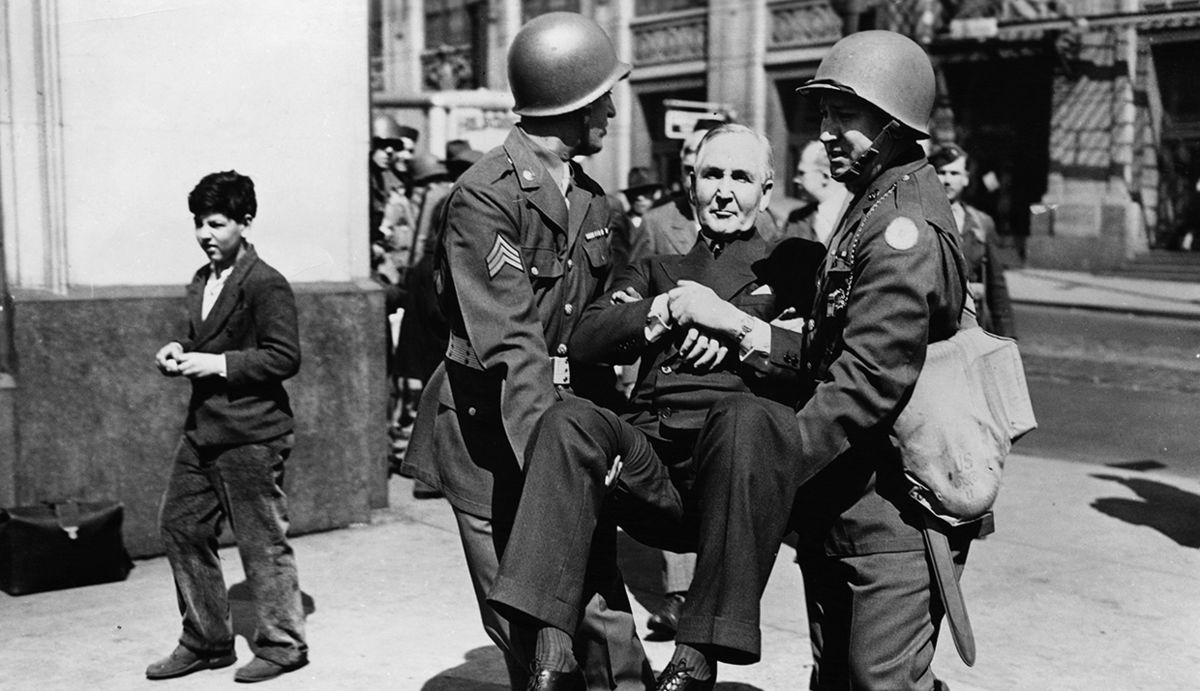

On this day in labor history, the year was 1944.
That was the day the Army National Guard seized the Chicago property of Montgomery Ward and removed its chairman, Sewell Avery.
The Chicago-based company repeatedly refused to accept a National War Labor Board order to recognize the workers’ union and abide by Board-negotiated collective bargaining agreements.
After refusing the second Board order, President Franklin Roosevelt ordered the Army National Guard to seize the company’s central mail order house, retail store and other related properties in the city.
Avery was physically carried out of his office.
Wartime no-strike pledges were in effect to avoid strikes or any disruptions in war production.
From a distance, it looked as if the President had triumphed the cause of labor in forcefully implementing the Wagner Act.
Workers of the CIO United Mail Order, Warehouse and Retail Employees Union had walked off the job over recognition issues April 12.
Montgomery Ward officials argued again, as they had two years earlier, that they were not engaged in war production, held no government contracts and that “the dispute is not one which might impede the prosecution of the war,” by the Board’s own terms.
But the government feared strike activity would only spread to other industries in Chicago and elsewhere.
Local Teamsters and Railway Brotherhoods all supported the strike and refused to handle shipments to and from Ward facilities.
The CIO union agreed to end the strike on the eve of the seizure.
Others in the labor movement called FDR’s move a hoax and a device to break strikes and get workers back on the job without any gains.
Roosevelt issued a third seizure of Ward’s facilities nationwide by year’s end.
More Episodes
All Episodes>>You may also like
Creat Yourt Podcast In Minutes
- Full-featured podcast site
- Unlimited storage and bandwidth
- Comprehensive podcast stats
- Distribute to Apple Podcasts, Spotify, and more
- Make money with your podcast











